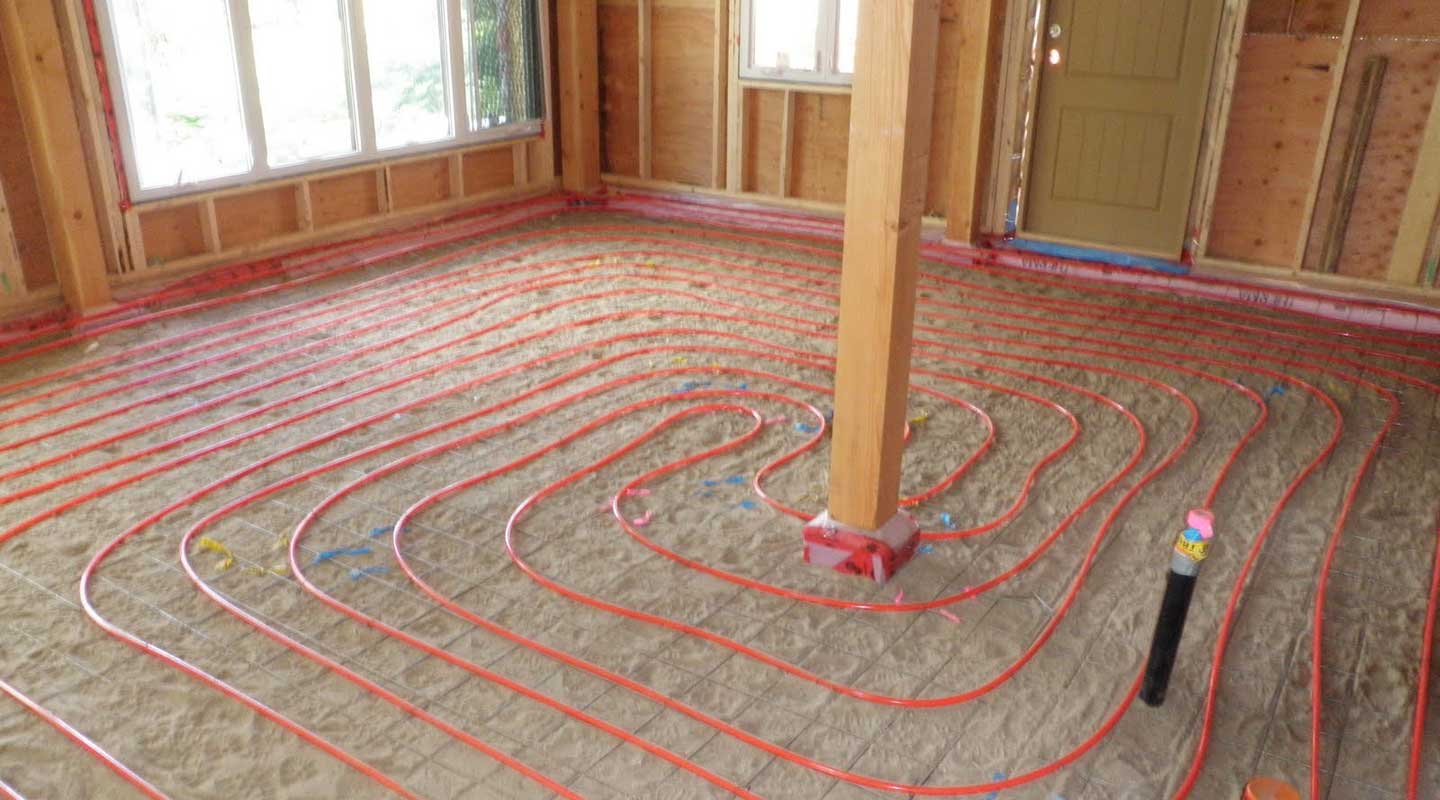
Should I include Radiant Heat in My Basement Finish?
Depending on your specific needs and preferences, including radiant heat in your basement finish can be a great option. Radiant heat is a form of heating that utilizes radiant energy to warm objects and surfaces in a space rather than relying on forced air or radiators. There are a few factors to consider when deciding whether to include radiant heat in your basement finish:
- Comfort: Radiant heat provides a more even and comfortable heating experience than forced air systems. It eliminates cold spots and drafts as the heat radiates from the floor and warms up the entire space.
- Energy Efficiency: Radiant heat can be more energy-efficient than traditional heating methods. Because the heat is distributed evenly from the floor, it reduces heat loss and allows you to maintain a consistent temperature with less energy consumption.
- Space Efficiency: Radiant heat systems are installed beneath the flooring, which means they don’t take up any valuable wall space. This can be particularly beneficial in basements where space is often limited.
- Installation Cost: Installing radiant heat can be more expensive upfront than traditional heating systems. It requires laying down heating elements beneath the flooring, such as electric mats or water pipes. However, the long-term energy savings and increased comfort may offset the initial investment.
- Lifestyle and Climate: Consider your area’s lifestyle and climate. If you spend significant time in your basement and want a cozy, warm environment, radiant heat can be a worthwhile investment. Similarly, radiant heat can provide efficient and effective heating if you live in a colder climate.
It’s important to consult a professional HVAC contractor specializing in radiant heat systems. They can assess your situation, provide cost estimates, and guide you on the best approach for your basement finish.
